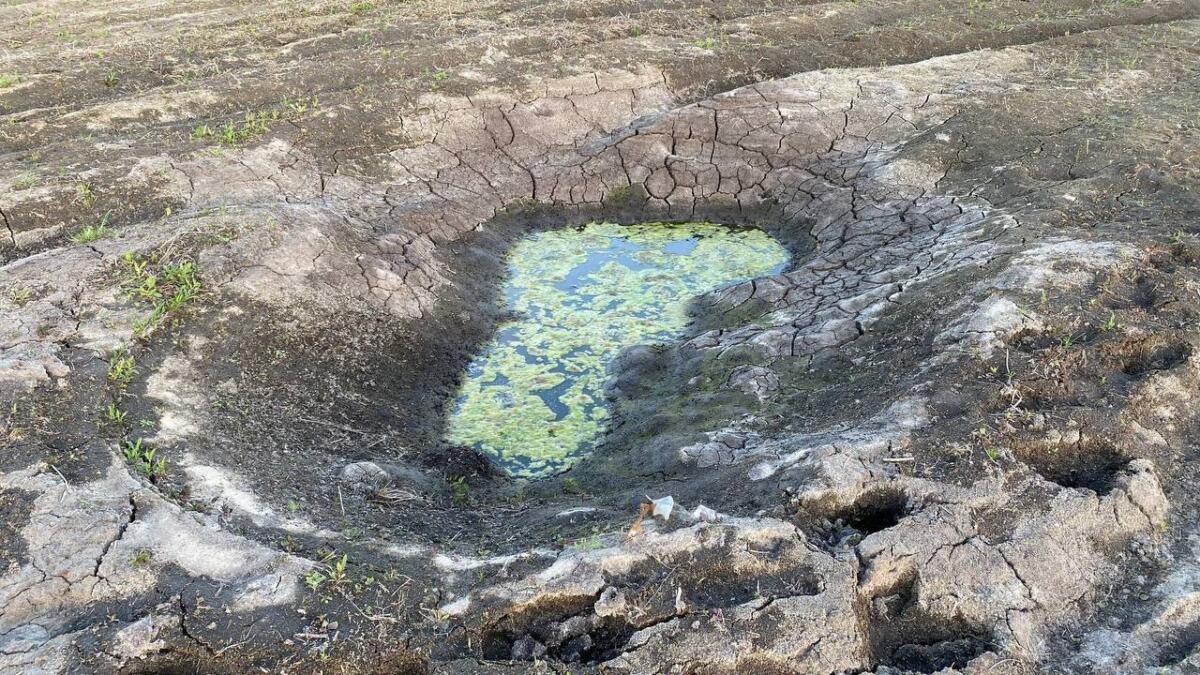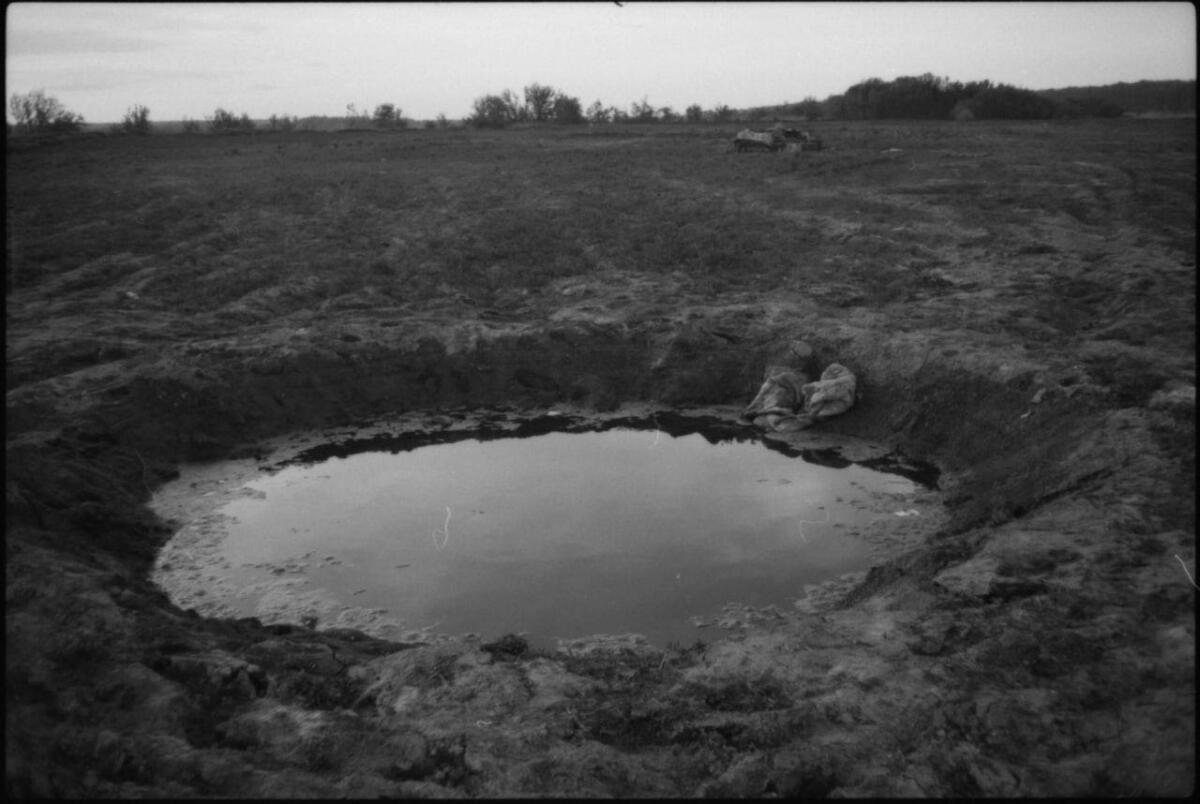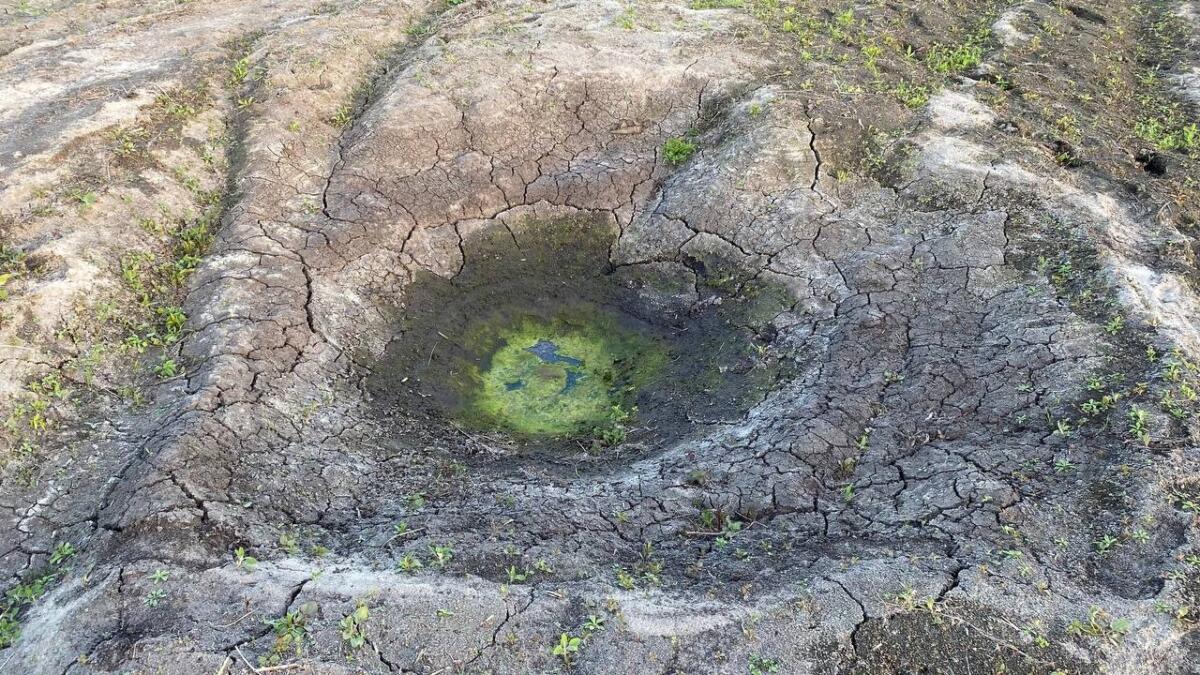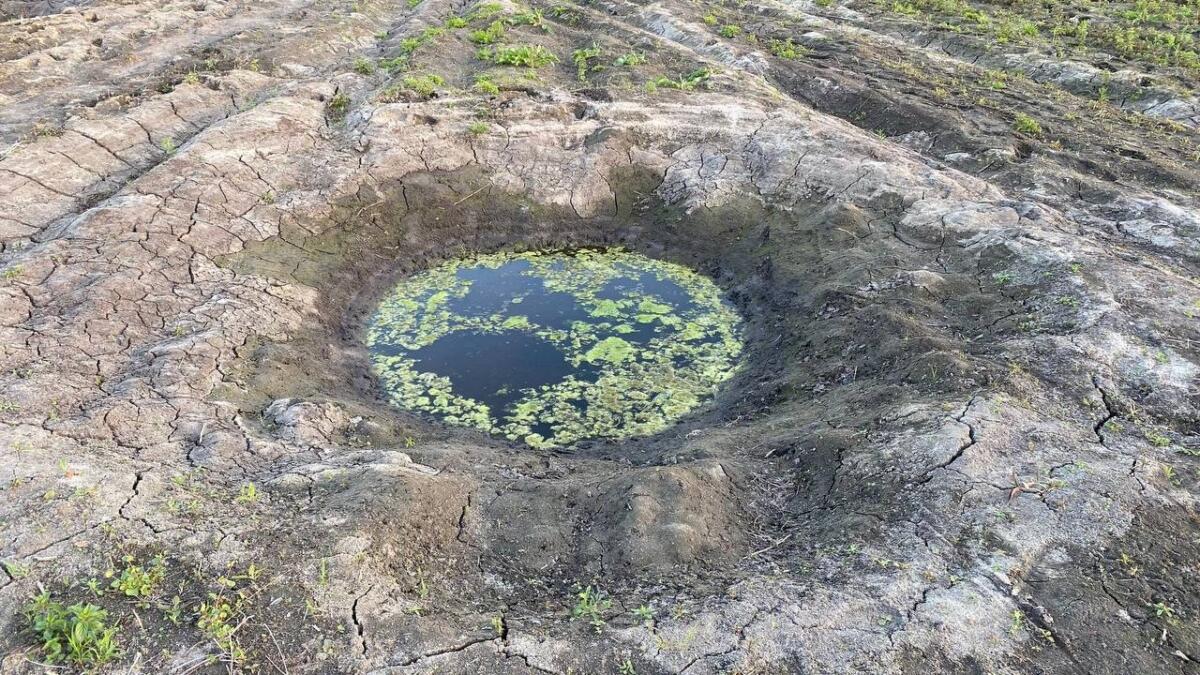
29 May — 4 June
“If a nuclear “mushroom” finds you on the street, do not look at it under any circumstances because you can go blind. Lie on the ground, put your hands under your body, and stay in this position until two shock waves pass. It is necessary to cover the face and respiratory tract with a handkerchief or a scarf,” says the first link I come across when asking “what to do if there is a nuclear explosion.”
On the eve of the missile attack on Kyiv, representatives of the Ukrainian government wrote about possible Russian provocations at the Zaporizhzhia Nuclear Power Plant. Searching on Google for what to do in such cases is not because of panic; it is a logical step in planning a life in case of a real threat. But in the end, I am stopped by the sentence: “Do not look at it under any circumstances because you can go blind. Lie on the ground, put your hands under your body, and stay in this position until two shock waves pass”.
Does this mean that if an explosion suddenly happens, I won’t be able to see it? For me, as contemporary art curator, critic and visual culture researcher this question is essential: Will I, and how will it affect my ability to see, and to feel?


In visual culture, the opposite is true: we go to the movies to watch the universe fall apart, be taken over by aliens, or disappear due to an unknown virus or other things. People see this kind of apocalypse in all its colors: blockbuster culture is built primarily on visual special effects. However, it turns out that in real life, no one will be able to appreciate the scale of such explosions and disasters, to witness that bright burst of rich orange, without consequence.
I fell asleep in the morning the next day after the shelling. May is hot in Kyiv, and I left the windows and balcony doors open. I had a dream that night: I walked into an apartment with white walls on the top floor, and suddenly, fighter jets started passing overhead. This image might have arisen because of the noise of cars on the street or randomly jumping out from my memory. In my dream, I mechanically squatted, although I was in the apartment, went back up the stairs to get my passport, and on the way, as I ran, I saw that a fighter jet had crashed into the roof of this house and made a hole in it, as if the plane tore into someone’s body like an animal’s claws. Red water flowed from above. This does not happen in life. In my dream, I wondered why such liquid red blood water was flowing from the ceiling. It was so unnaturally rare and beautiful against those snow-white walls. I looked at this catastrophe with fascination.
Now, let’s talk about what happened in reality.
Thinking about the disaster on the screen, I remembered a comedy show that began airing in 1996 on Ukrainian and Russian Central TV Channels. Its creators were the Odesa company Kalambur. The Steep Pique was part of the comedic TV almanac. According to the plot, already in the first series, the plane’s crew learns that the plane is losing altitude and they are facing imminent disaster. The question is, can they find a solution and save themselves and all the people on board? The show ran for five years and was ended in 2001. The audience watched this plane fall across TV screens for these five years and laughed at it. Compared to Hollywood blockbusters, which film disasters with a sense of epic cinema, Kalambur used catastrophe as a tool of absurdity. I don’t know exactly why the show ended, and now I can only recall this old joke about catastrophe in the context of the Russian war in Ukraine. After many messages about the possible attack on the Chornobyl zone or Zaporizhzhia NPP, Ukrainians tweeted that they would go for a collective orgy of love. This joke also has a rationale: if a nuclear catastrophe happens, you must take off all contaminated clothes anyway. So every rumor is created from some measure of tragedy and truth.
My childhood often passed near the TV, and I remember this show very well. As well as what was said on television screens. For example, that New Year’s Eve of the millennium was a night of catastrophe. No one followed journalistic standards and the predictions of astrologers and pseudo-experts were heard during news broadcasts.
While we did not experience the apocalypse, still, one important event did happen that night. On New Year’s Eve in 1999, then President of Russia, Boris Yeltsin, announced that he was resigning and that his post would be taken over by then Prime Minister, Vladimir Putin. Because of his comprehensive imperialist policies, I find myself searching for answers to the question, will I be able to see the catastrophe if it happens, and if I do, will I survive?
The thing about disaster is that it happens every day. It acts invisibly, like radiation itself, seeping into clothes and beneath the skin. The explosion is only part of the disaster, which begins when an ordinary person takes the controls of a fighter jet and drops a bomb on a nuclear plant.
And this is precisely what scares me: does a person who launches rockets every day not understand that the life of a child peacefully sleeping in a warm room depends on the push of this button? How much of an atrophied sense of humanity and guilt do you have to have to ignore the fact that it is not someone’s order that kills, but the one who gets behind the controls of the fighter jet and drops the bombs on the foreign country? It’s always just an ordinary person.
In the messages shared in anonymous telegram groups that monitor the movement of Russian fighter jets and the movement of equipment, you can often find the exact takeoff times and locations of these planes — making it effortless to understand the point when this apocalypse will occur.
The history of destruction shows that life after a disaster exists, but it takes a long time to heal and normalize. Chornobyl, for example, still scares many with its danger, and the radioactive threat has not entirely disappeared. The fear of Chornobyl was built around the invisible and the unknown, yet today, the attitude towards information is different. In the telegram groups I can see fighter jets flying from Olenya and Engels airfields. Today, there are nine (at this moment).
“Do not film or distribute the work of the Air Defense Forces!” official accounts of state representatives, journalists, and media write. I will not see the disaster with my own eyes. Perhaps though, I will be able to hear it, like the roar of these fighter jets flying over my house.
Thinking about these sounds, I listened more often to the silence at night. My normality has become waiting for the sounds of the air alarm, but to be honest, I sometimes miss the warning to go to the shelter because of significant fatigue. I rarely get out of bed except when violent explosions occur.
This time, waking up from strong explosions, I looked out the window and saw a bright glow. At first, I thought it was a mushroom from the blast, but when I got closer, I realized it was dawn. My telegram feed immediately began to fill with comments about this surrealism: that morning, birds and explosions sounded simultaneously for the first time.
I return to the thought of catastrophe and conclude that none of the Ukrainian artists have addressed this image. And until recently, the most catastrophic work for me has been the conceptual work of Stanislav Turina entitled Genocide, which is nothing more then the word “genocide” written on many small pieces of paper, in different hand witting styles and manners. “Genocide” is a word that plunges everyone into horror. As Emmanuel Macron once commented, if a country recognizes genocide, then it must act. It’s not that the genocidal nature of this war is brutal to see, but that according to international law, to call it genocide means that a clear line has been crossed and it must be stopped. So it seems that same people sometimes just close their eyes from the horrors, violence, and the facts of genocide.
During this year of the full-scale invasion, many emotional and essential works were created by Ukrainian artists, despite the lack of stable institutional support, the danger, and the lack of regular material support. These works are very different — both created on small pieces of paper and large projects like the Theatre of Hopes and Expectations of the Carpathian Theater in Dusseldorf and Ukraine. All of them are about the future that exists. On the contrary, there is one more work that deals with the future, this time affected by the apocalypse. For her upcoming show in Prague, Katya Buchatska created a conceptual artwork entitled — You Will See This Light On The Sunniest Day – and I suddenly remembered the same dawn, during which shelling rang out and the birds sang.
6 June
In these notes, I wanted to turn to cinema and visual culture theory which analyzes catastrophe as seen on the catastrophe screen. But instead of arguing with Žižek, I sit down to google “protective suits in case an accident happens”: I am interested in both the claim and the suits themselves: Ukrainian stores offer whole kits for survival. Theoretical texts that refer to the catastrophe on the screen do not make any sense to me because this catastrophe will not be seen on the screen; it will occur in my presence and in my body.
No disaster ends. Life after the disaster will exist, but will this catastrophe change people’s lives, our their ethical approaches to war and violence?
This morning I saw the news about the destruction of the Kakhovskaya HPP. As the day passed, the water began to rise and flood the towns in the Kherson Oblast. Images of women carrying their dogs in their arms, destroyed bridges, cars, and houses covered in water so that only the roof was visible. The worst thing is food production. The media said the new territory might be dangerous and infected due to flooding, and landmines have also been “floated”. Moreover, the area is still under constant shelling. This war is affecting geography: it is changing the coastline, destroying villages and roads, destroying islands — and thus, entire ecosystems and the lives of everyone. During the day, I spoke with environmental experts who said it was too early to draw conclusions about the destruction. Even if it is significant, we will know the most only after the war ends.
It reminds me of the artwork by another artist, Anna Zvyaginitseva, Background (Rear/Military), where she draws something that she sees when she thinks about grass. This work is about this invisible danger: the mined fields and the (im)possibility of walking barefoot on green May grass. We will be deprived of this for many years to come, and this is obviously only one of the manifestations of this disaster. When you can’t even touch your land.



